Discover the latest trends in indoor plants to transform your home decor. Learn how to use stylish and sustainable greenery to elevate your interior design, improve air quality, and create a beautiful, eco-friendly living space.
Introduction Indoor plants
Indoor plants have taken the world of interior design by storm. Not only do they add a touch of nature to our living spaces, but they also offer numerous benefits that make them a must-have in any modern home. In this article, we will explore the top trends in indoor plant decor that can elevate your interior design game.
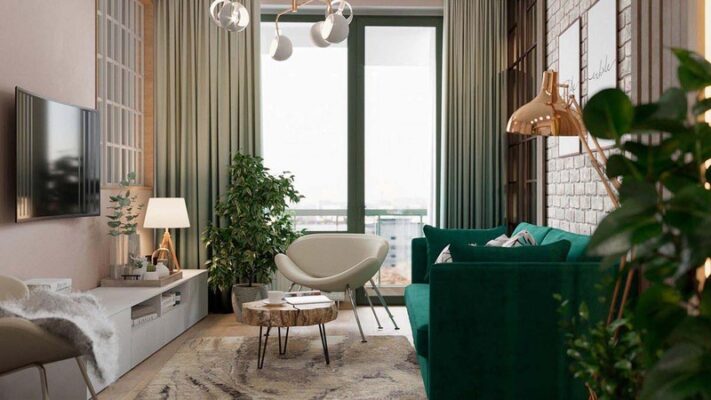
Benefits of Indoor Plants
Health Benefits
It are an effective way to reduce your carbon footprint. They absorb carbon dioxide and release oxygen, making your home environment cleaner and more sustainable. Indoor plants act as natural air purifiers, removing harmful pollutants like formaldehyde and benzene from the air. This not only improves air quality but also promotes better health and well-being.
In addition to purifying the air, indoor plants regulate humidity and increase oxygen levels. This helps prevent respiratory issues and enhances concentration and sleep quality. By incorporating indoor plants into your home decor, you create a more aesthetically pleasing and eco-friendly living space. Adopting indoor plants is a simple step towards a sustainable future and a healthier lifestyle.
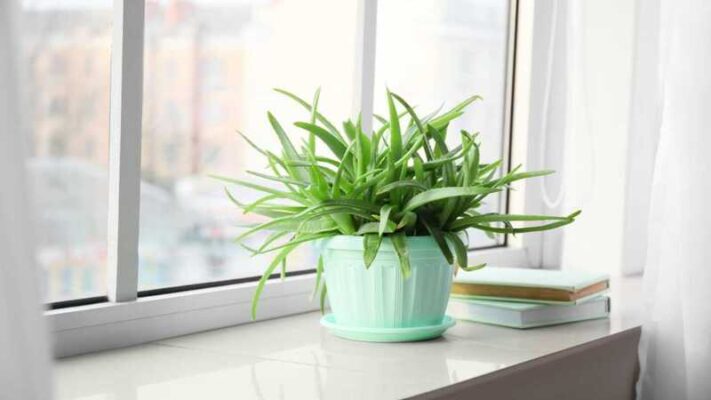
Environmental Benefits
Indoor plants play a crucial role in reducing your carbon footprint. By absorbing carbon dioxide and releasing oxygen, they help make your home environment cleaner and more sustainable. Indoor plants act as natural air purifiers, effectively removing pollutants and improving air quality, which contributes to better overall health.
Additionally, indoor plants help regulate humidity and increase oxygen levels, which can enhance concentration, improve sleep quality, and prevent respiratory issues. Incorporating indoor plants into your home decor not only beautifies your space but also promotes an eco-friendly lifestyle. This is a simple step towards a healthier and more sustainable future.
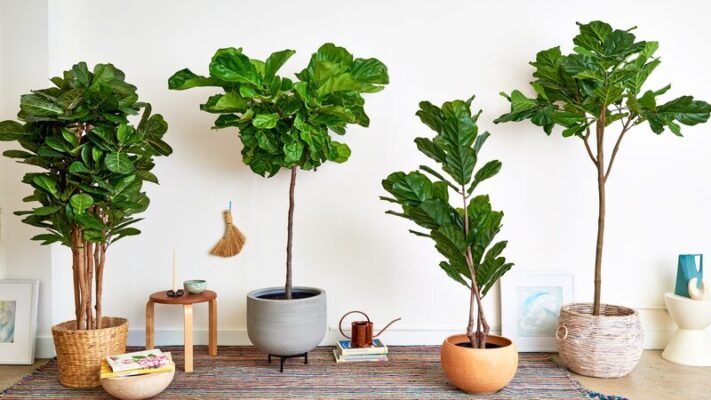
Aesthetic Benefits
From adding a splash of color to creating a calming ambiance, indoor plants can transform any space. They bring life and vibrancy to your home decor, making it feel more inviting and comfortable.
Choosing the Right Indoor Plants
Factors to Consider
When selecting indoor plants, consider factors such as light requirements, maintenance needs, and the space available. It’s important to choose plants that thrive in the conditions of your home.
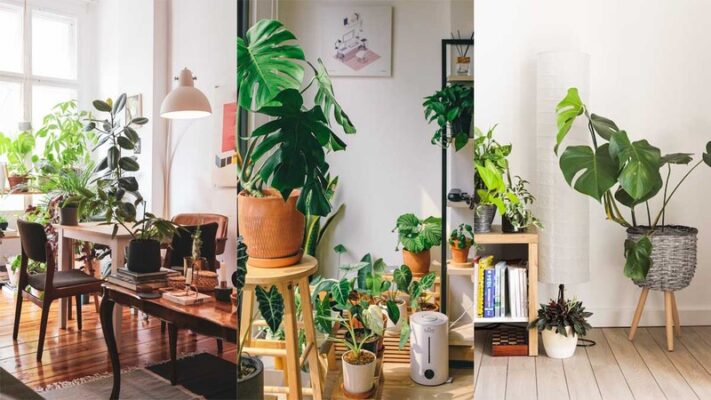
Popular Indoor Plant Varieties
Snake Plant (Sansevieria)
The Snake Plant is known for its ability to thrive in low light and requires minimal water, making it an easy-care option for any home. Its unique ability to convert CO2 into oxygen at night makes it an excellent plant for improving indoor air quality.
Pothos (Epipremnum aureum)
Pothos is a versatile indoor plant that can grow in various lighting conditions and is highly efficient at removing common toxins from the air. Its trailing vines add a touch of greenery to any space, making it both functional and decorative.
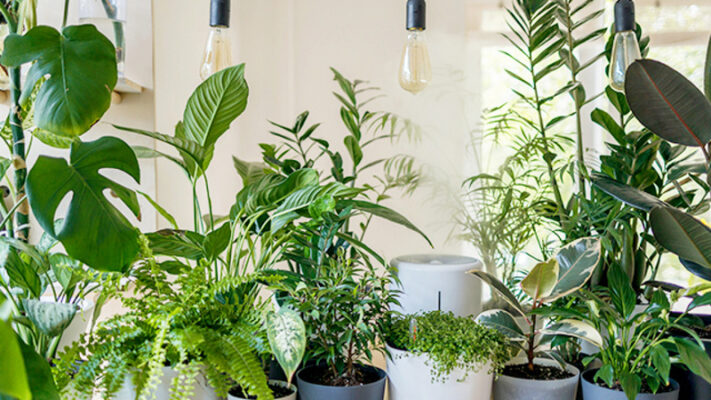
Peace Lily (Spathiphyllum)
The Peace Lily is not only beautiful with its striking white blooms, but it also excels at filtering out harmful chemicals like ammonia and formaldehyde from the air. It prefers low to moderate light and keeps its leaves lush with regular watering.
Fiddle Leaf Fig (Ficus lyrata)
The Fiddle Leaf Fig is a popular choice for its large, glossy leaves that make a bold statement in any room. It thrives in bright, indirect light and needs consistent watering to maintain its lush appearance.
Spider Plant (Chlorophytum comosum)
Spider Plants are known for their air-purifying abilities and their resilience, making them ideal for beginners. They produce “spiderettes” or baby plants, which can be easily propagated to grow new plants.
Top Trends in Indoor Plant Decor
Minimalist Plant Decor
Minimalism is all about simplicity and functionality. Incorporating a few well-chosen plants into a minimalist decor can create a serene and clutter-free environment.
Vertical Gardens
Vertical gardens are a fantastic way to maximize space. They can be installed on walls and are perfect for small apartments or homes with limited floor space.
Indoor Trees
Indoor trees like the Fiddle Leaf Fig and Rubber Plant add a dramatic and sophisticated touch to any room. They are great for making a bold statement.

Edible Indoor Plants
Growing herbs and small vegetables indoors is becoming increasingly popular. Not only do they provide fresh ingredients for your kitchen, but they also add greenery to your space.
Biophilic Design
Biophilic design integrates natural elements into modern architecture and interiors. This trend emphasizes the connection between humans and nature, using plants to enhance this relationship.
Smart Plant Pots
Smart plant pots come with sensors that monitor soil moisture, light, and temperature, helping you take better care of your plants with minimal effort.
DIY Plant Projects
DIY projects like creating macrame plant hangers or painting plant pots can be a fun way to personalize your plant decor.
Caring for Your Indoor Plants
Basic Plant Care Tips
Ensure you water your plants according to their specific needs. Overwatering can be just as harmful as underwatering.
Provide adequate light for your plants. Some plants thrive in direct sunlight, while others prefer indirect or low light.
Use the right type of fertilizer to keep your plants healthy and encourage growth.
Common Mistakes to Avoid
Overwatering or underwatering
Not providing enough light
Ignoring pest infestations
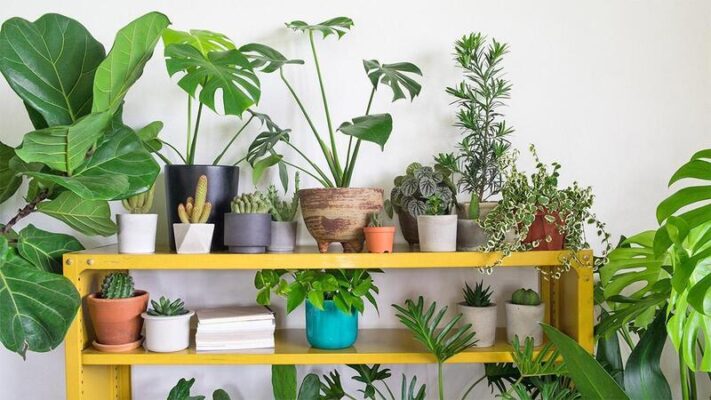
Creating a Plant-Friendly Environment
Different plants have different light requirements, so it’s important to understand the specific needs of each plant and place them accordingly. Some plants thrive in bright, indirect light, while others can tolerate lower light conditions. Ensuring that each plant receives the appropriate amount of light will help them grow healthy and strong.
Most indoor plants prefer a stable environment with moderate temperature and humidity levels. Avoid placing them near drafts, air conditioning vents, or heat sources such as radiators and fireplaces, as sudden temperature changes can stress the plants. Maintaining a consistent environment will promote optimal growth and overall well-being of your indoor plants.
Indoor plants are a versatile and beautiful addition to any home. By following these trends and tips of LeafGrace, you can create a stylish, healthy, and sustainable living space. Whether you are a seasoned plant enthusiast or a beginner, there’s always a new way to incorporate greenery into your decor.


